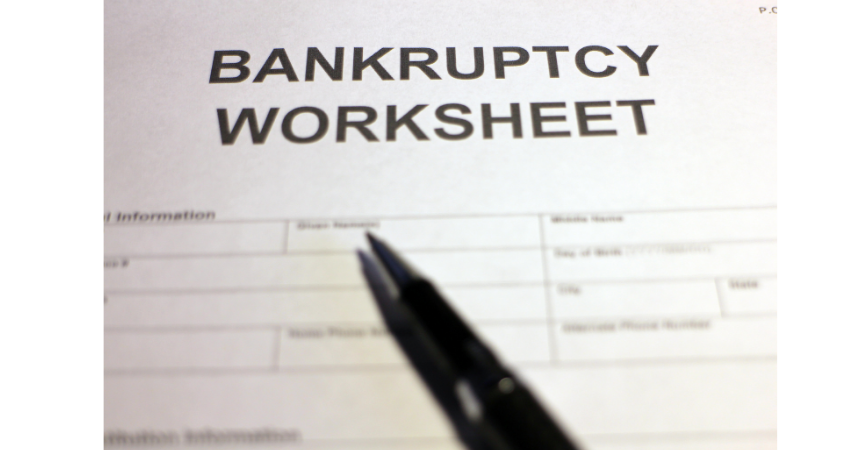Sometimes you hear that someone makes too much money to file bankruptcy. Anyone can file bankruptcy, but courts will dismiss a bankruptcy case for abuse or bad faith – when you have too much income to legitimately use bankruptcy to get rid of debt.
Means Test Defined
In 2005, Congress added the “means test” to weed out “abusive” bankruptcies. The means test applies only to chapter 7 bankruptcies. It tests a debtor’s income to see if the debtor really should pay more of his or her debts rather than getting to wipe them out. If you fail the means test, you have the choice of allowing your case to be dismissed, or converted to a chapter 13 case – a five-year plan in which the court strictly scrutinizes income and expenses, and creditors get a pro rata share of your income during those five years.
The means test only applies to consumer debtors. This means that if more than 50 percent of the debt in a case relates to personal rather than business or tax liabilities, the debtor is a consumer debtor. Home mortgages and student loans almost always fall into consumer debt.
If most of your debt is tax debt or related to a failed business, then the means test does not apply. A high-earning entrepreneur who owes millions to business creditors can file a chapter 7 bankruptcy and walk away without paying a cent to the creditors. A high-earning corporate officer who owes $100,000 on credit cards and has a mortgage will need to submit to a five-year court-disciplined payment plan, or deal with the credit cards in some other way (we have solutions for this situation).
Applying the Means Test to Individual Situations
How do we apply the means test? We look to income earned in the six months prior to the date the bankruptcy petition was filed. If you filed your petition on June 28, 2020, we would look to the income you earned or collected from December 1, 2019, through May 31, 2020. Is that income above or below the median income for a similarly-sized family in California? For a family of four, that’s $101,315 per year, $50,658 for six months. If your six-month income is less than this rate, you pass the means test.
If your income is higher than this number, we deduct allowable expenses: mortgage or rent payments, car payments, food, health care. If the expenses bring your income down below the median rate, congratulations! You pass the means test, and your chapter 7 bankruptcy won’t be dismissed for abuse.
If your income is still higher than the median, we look to how much more it is. The means test computation produces a number called monthly disposable income – the difference between your actual income and the allowable expenses set out in the means test. We multiply this number by 60. Is this number below $7,475? Then congratulations – you pass the means test! Is this number higher than $12,475? Then too bad – you don’t pass the means test. You need to either file a chapter 13 plan and pay a five-year plan, or you need to find another way than bankruptcy to deal with your debt. Is the number someplace between $7,475 and $12,475? Then we need to do further calculations to determine if your chapter 7 case is an abuse of the process or not.
Usually it’s pretty easy to figure out if someone meets the means test or not. Sometimes it’s not so easy; the computation can get very intricate. Luckily, most bankruptcy attorneys have software packages that do this: we play with numbers until we get the test to work, or until we’re satisfied we can never get it to work. When hiring a bankruptcy attorney, make sure they know the intricacies of the means test and can explain its application to your financial situation.
June 28, 2020

